5 Ways You Can Help Prevent Your Child's Myopia

As parents, we all want what's best for our children, and that includes safeguarding their health and well-being. In today's digital age, one growing concern among parents and eye care professionals alike is the increasing prevalence of myopia, or nearsightedness, in children. Fortunately, there are steps you can take to help prevent or slow down the progression of myopia in your child. Here are five ways to do just that:
1. Encourage Outdoor Activities:
It's no secret that spending time outdoors offers a multitude of benefits for children, and their eye health is no exception. Studies have shown that spending time outdoors, particularly in natural sunlight, can help reduce the risk of myopia development and progression. Encourage your child to engage in outdoor activities such as playing in the park, riding a bike, or going for nature walks. Aim for at least two hours of outdoor time per day to reap the maximum benefits for their eye health.

2. Limit Screen Time:
In today's digital-centric world, it's easy for children to spend excessive amounts of time glued to screens, whether it's smartphones, tablets, computers, or televisions. Prolonged screen time has been linked to an increased risk of myopia, so it's essential to set limits on your child's screen time. Encourage breaks every 20-30 minutes during screen use and enforce screen-free zones, such as during meals and before bedtime. Be a positive role model by limiting your own screen time and engaging in alternative activities together as a family.
3. Practice Good Ergonomics:
Proper ergonomics when using digital devices can help alleviate eye strain and reduce the risk of myopia. Ensure that your child's workstation is set up correctly, with the screen positioned at eye level and adequate lighting to reduce glare. Encourage them to maintain a proper viewing distance from the screen (about arm's length away) and to take regular breaks to rest their eyes. Additionally, remind them to blink frequently to prevent dry eyes and to adjust the font size and display settings for optimal visibility.

4. Prioritize Regular Eye Exams:
Routine eye exams are crucial for detecting and monitoring myopia in children. Schedule regular appointments with an eye care professional, starting from an early age, to ensure that any vision problems are detected and addressed promptly. Early intervention is key in managing myopia and preventing its progression. Your eye care provider can recommend appropriate treatments or interventions based on your child's individual needs, such as prescription eyeglasses or contact lenses, orthokeratology, or low-dose atropine eye drops.
5. Foster Healthy Habits:
In addition to outdoor activities and limiting screen time, fostering overall healthy habits can contribute to your child's eye health and well-being. Encourage a balanced diet rich in fruits, vegetables, and omega-3 fatty acids, which are beneficial for eye health. Ensure that your child gets enough sleep each night, as adequate sleep is essential for overall growth and development, including eye health. And don't forget the importance of regular physical activity in maintaining overall health and wellness.
By implementing these strategies into your child's daily routine, you can help reduce their risk of developing myopia or slow down its progression if they already have it. Remember, prevention is key, so start early and be consistent in promoting healthy habits for your child's eye health and overall well-being. Together, we can ensure a brighter future for our children's vision.










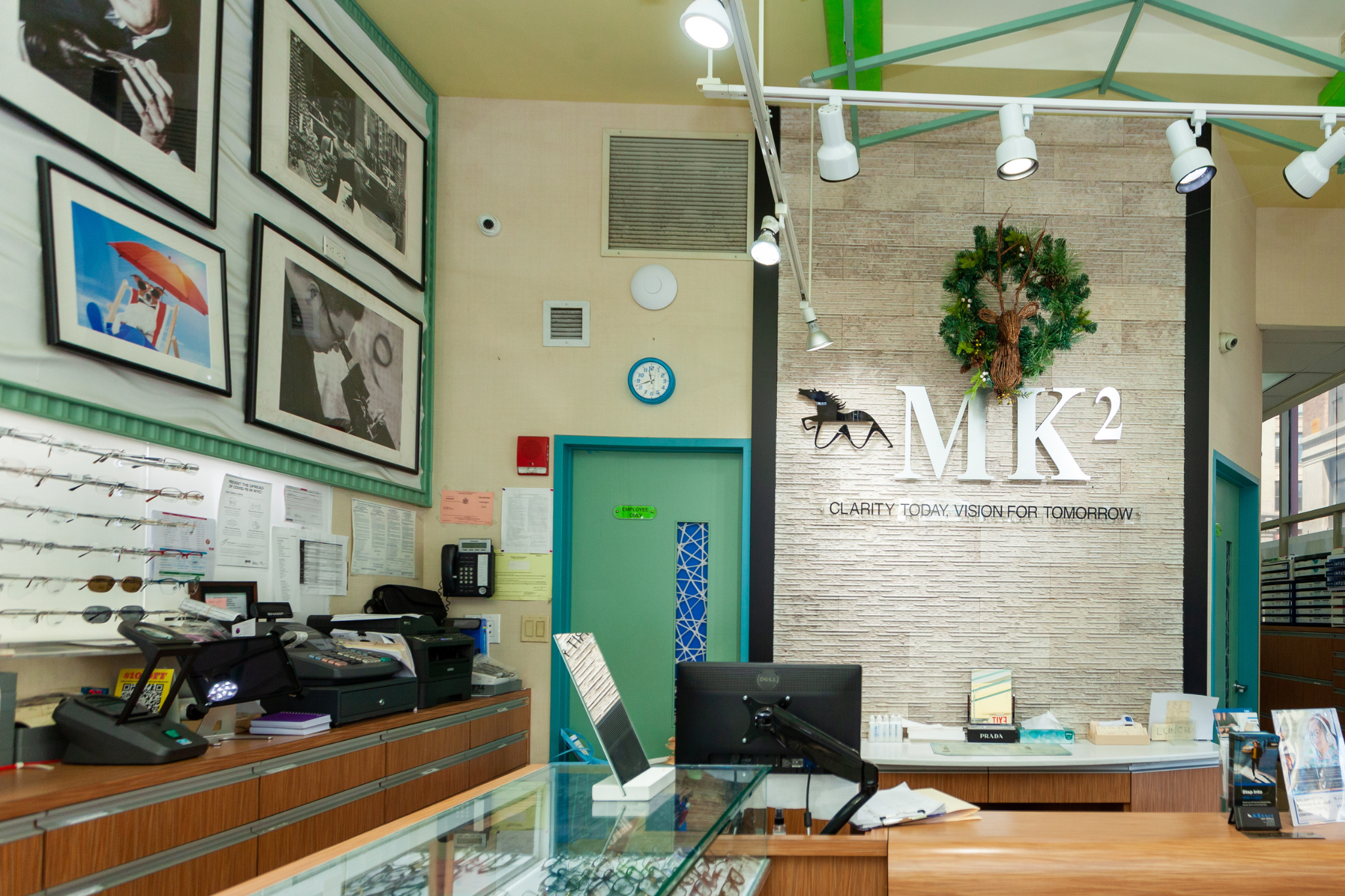

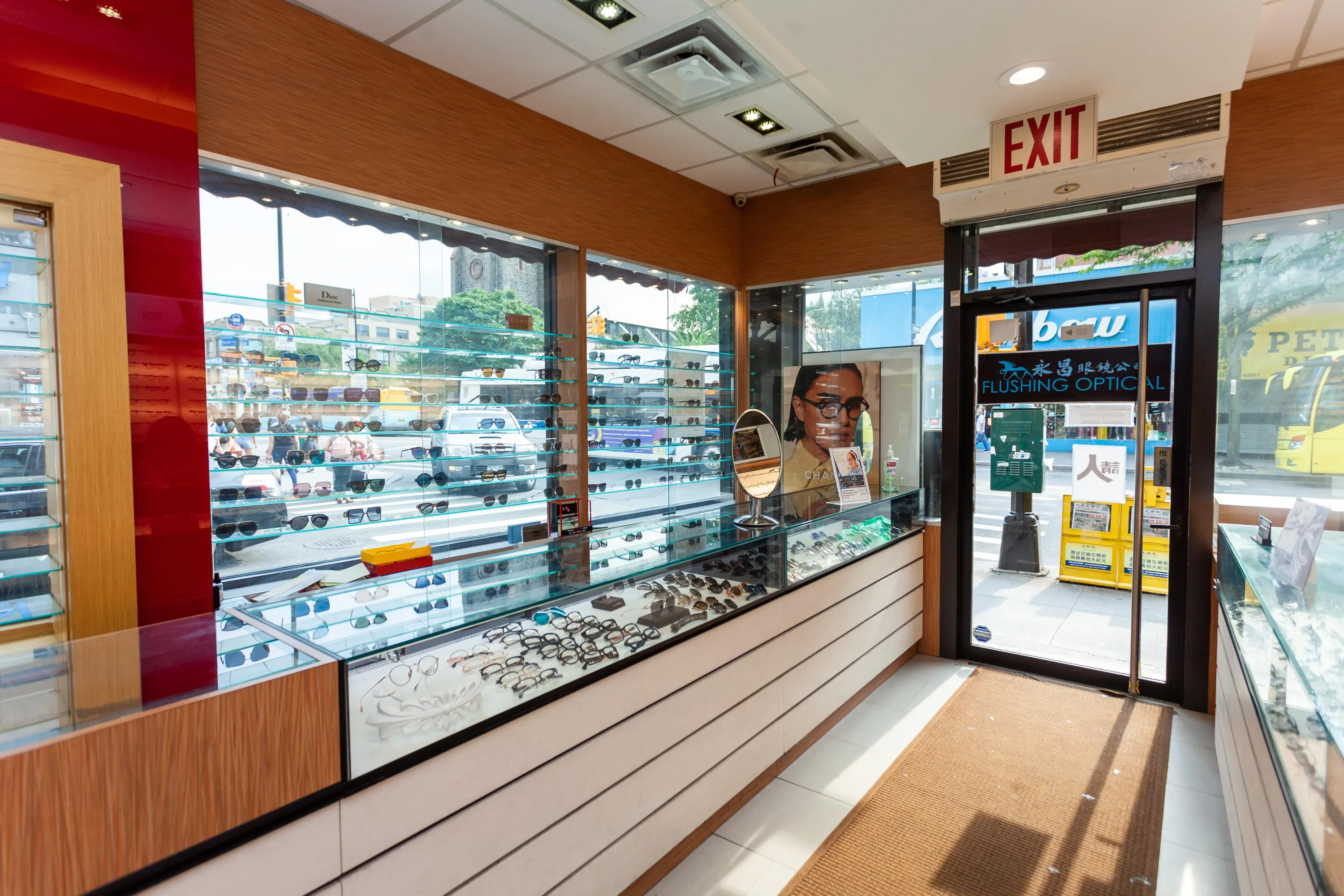
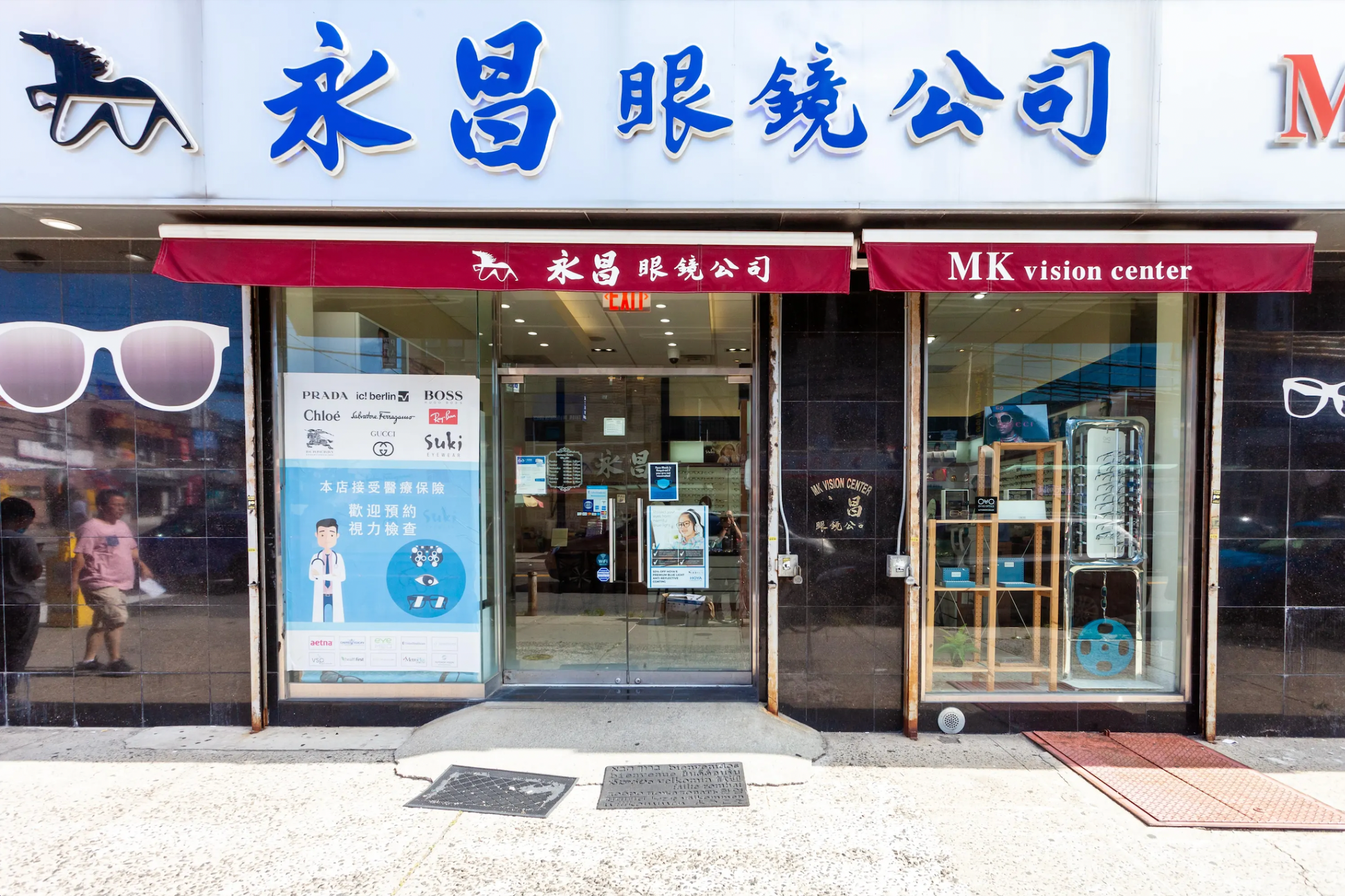
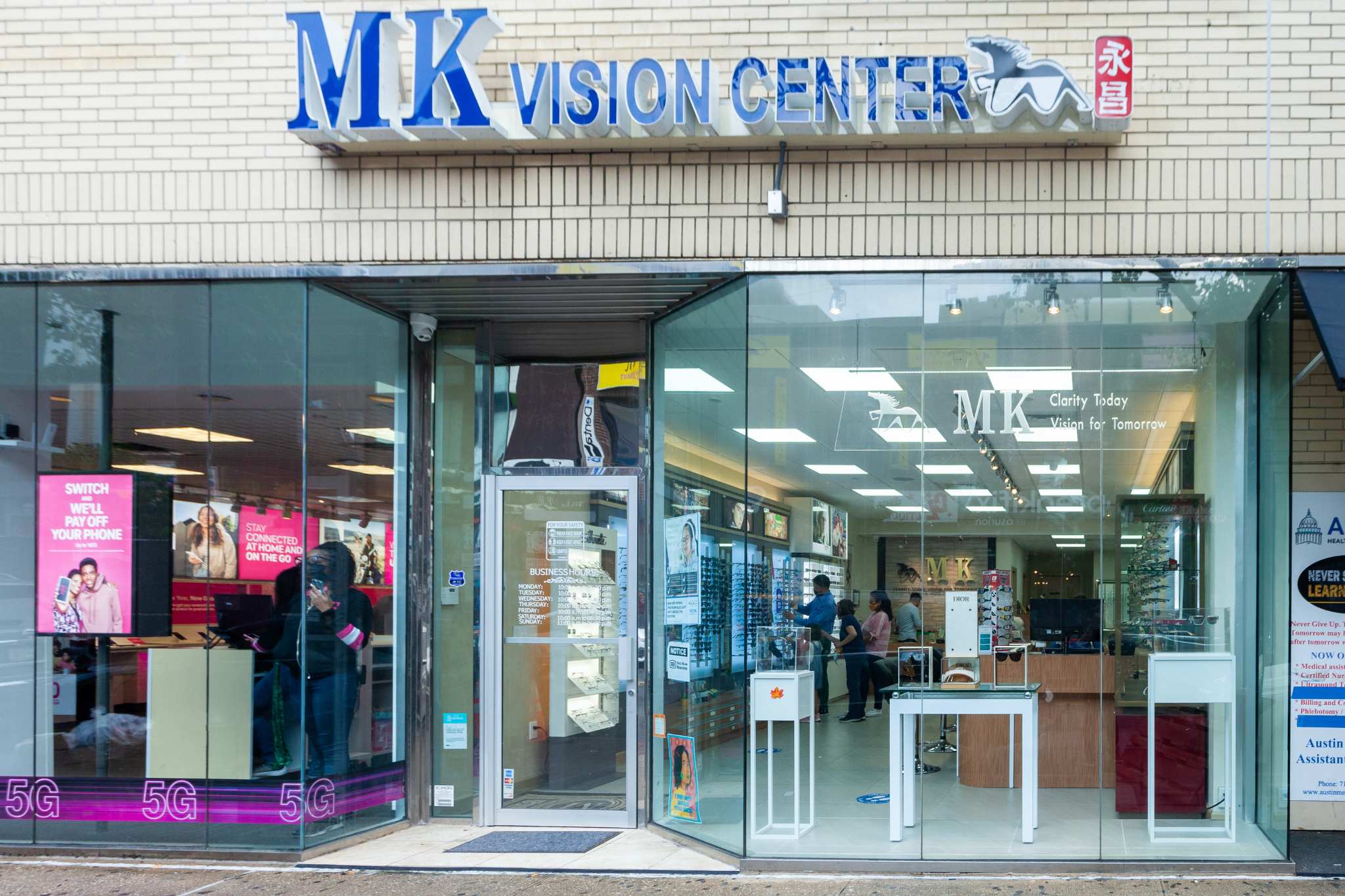
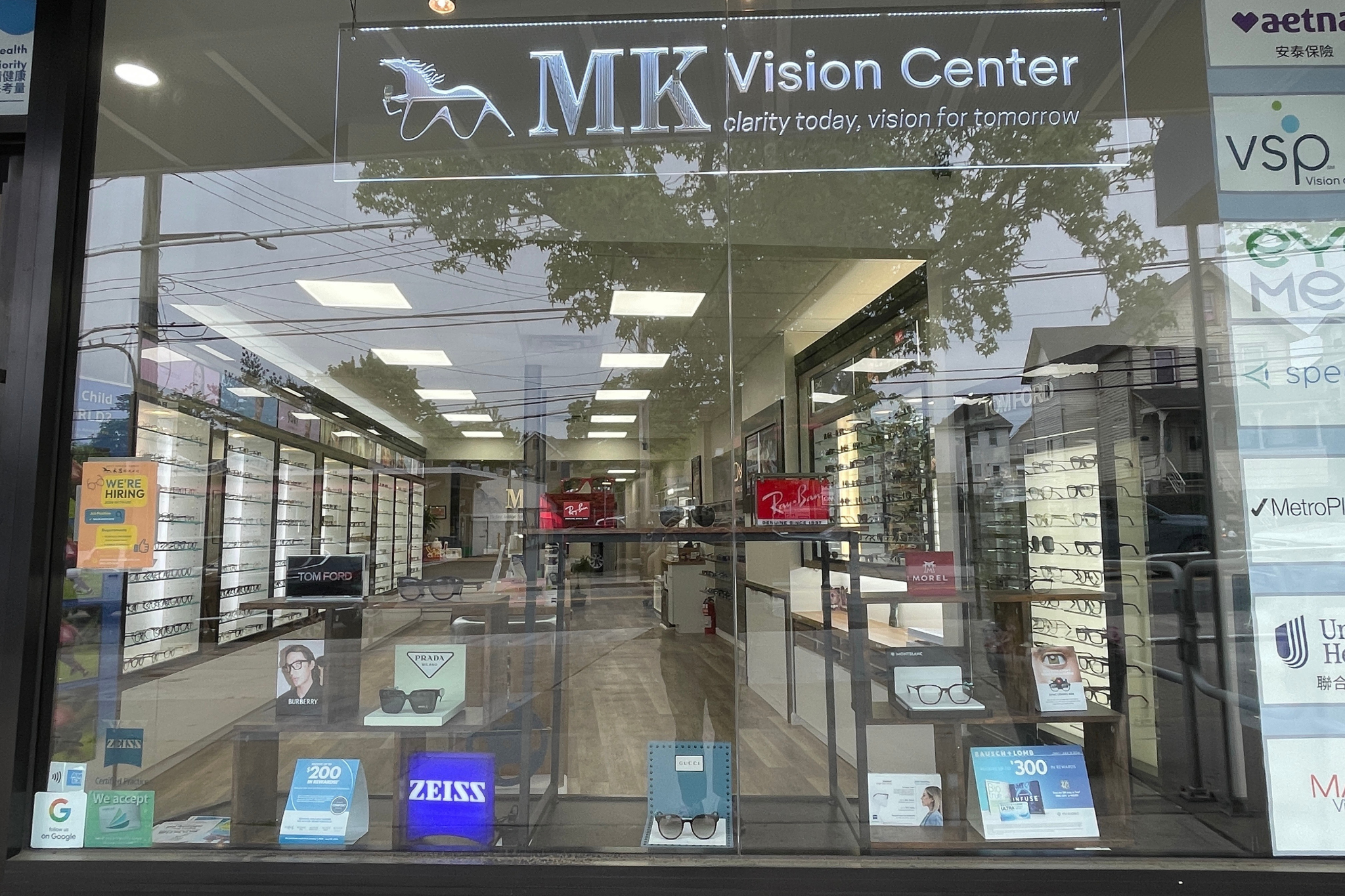



Leave a comment